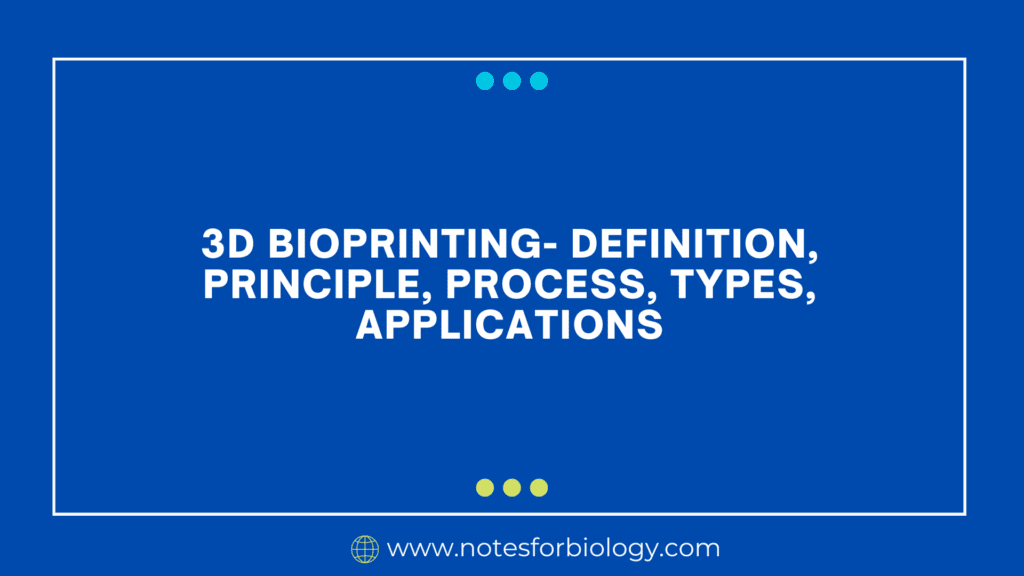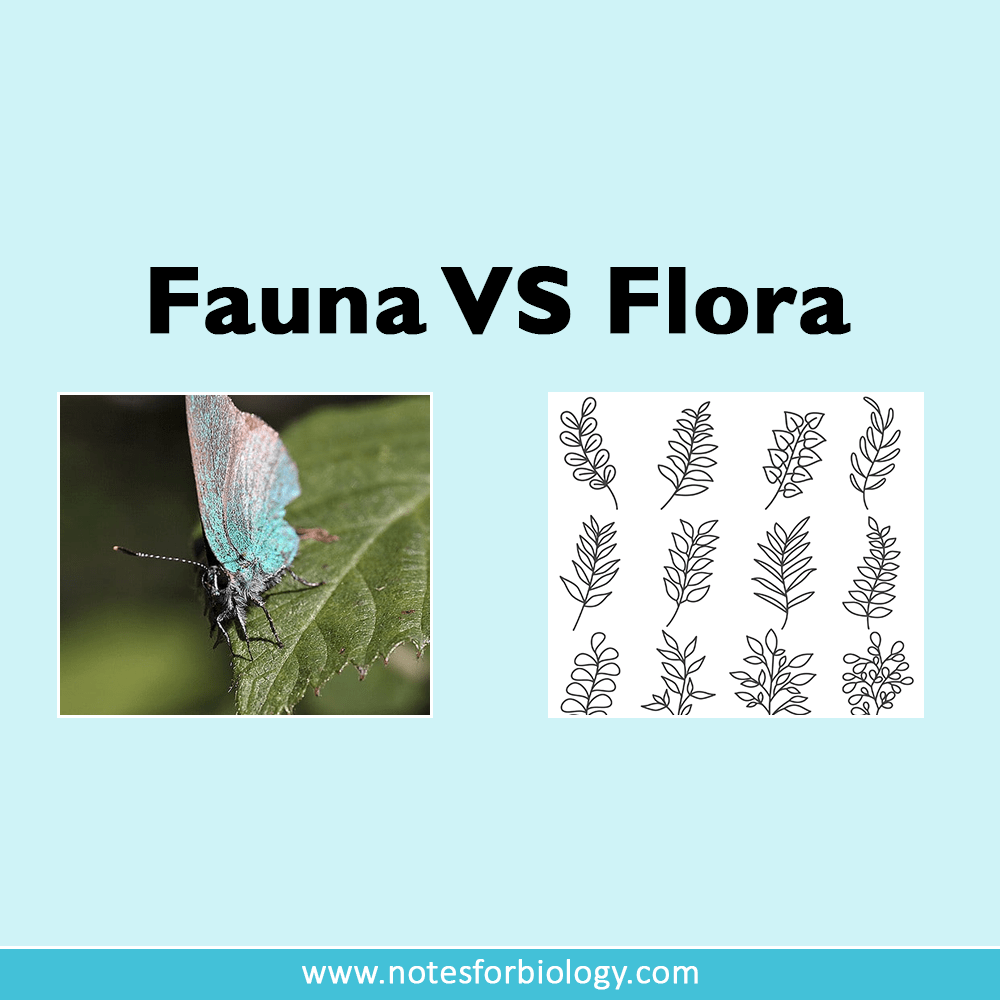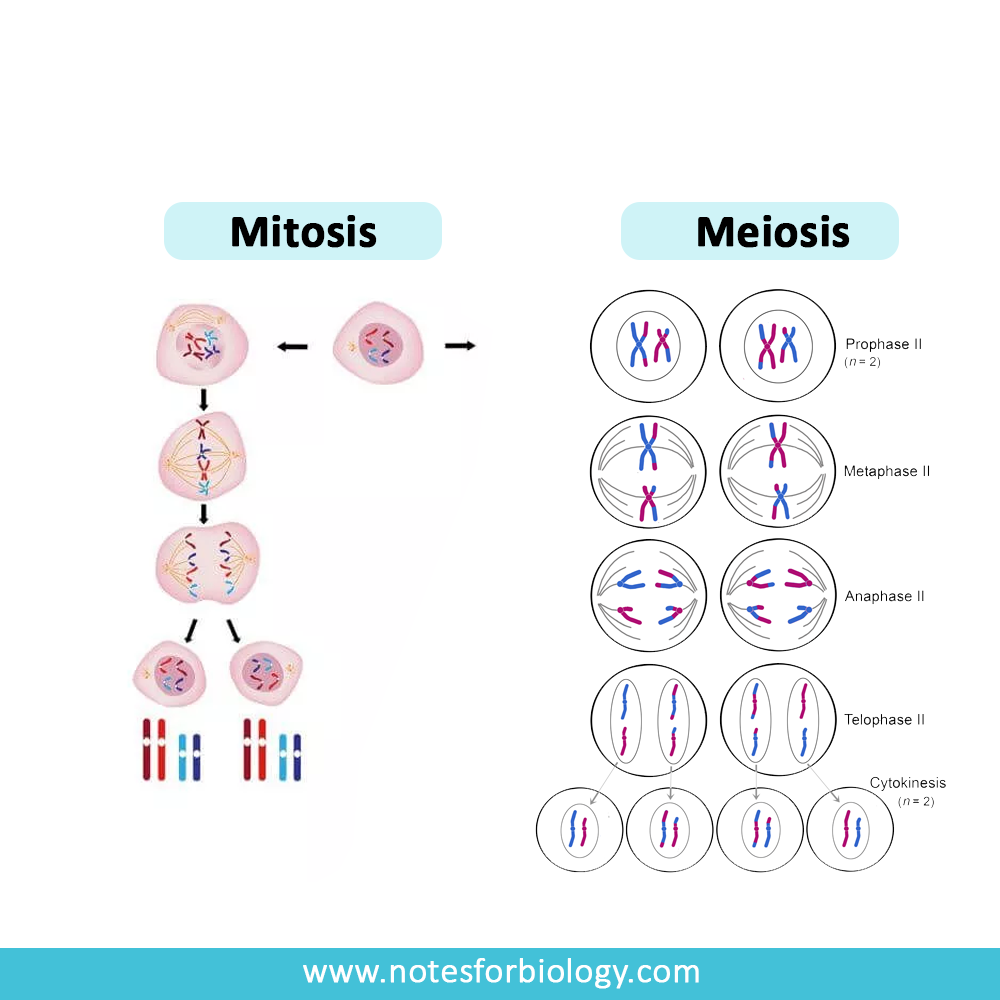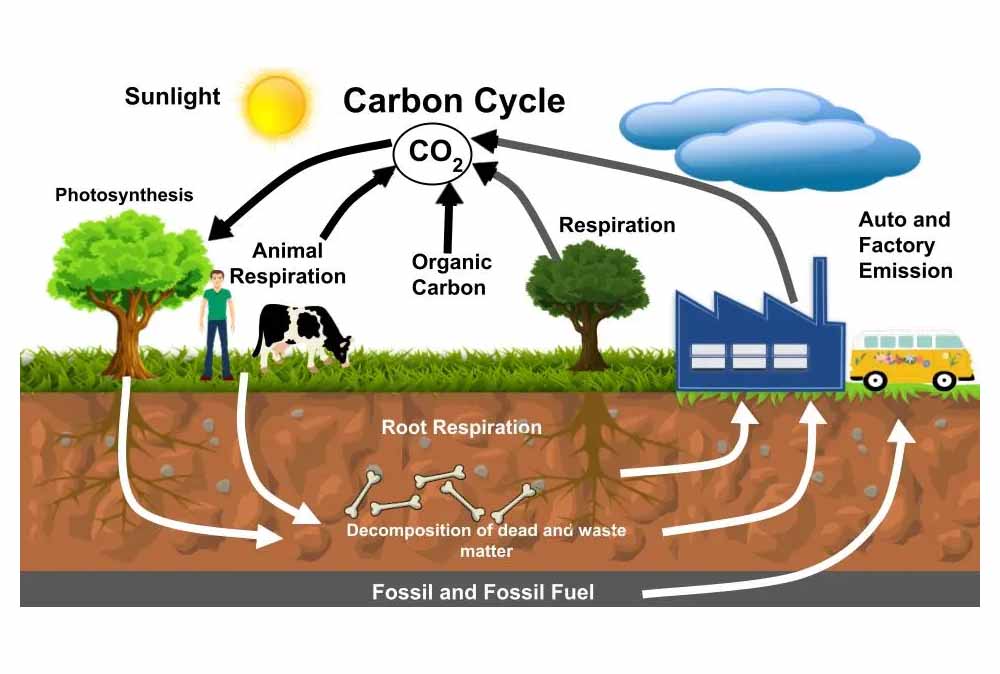16 Types of Microscopes with Parts, Functions, Diagrams
A microscope is a device that magnifies images of small objects, enabling humans to closely inspect and evaluate minuscule structures. Although there are many other kinds of microscopes, the optical microscopes is the most often used. Applications of Microscopes In areas such as biology, medicine, materials science, and quality assurance, microscopes are essential. They make […]
16 Types of Microscopes with Parts, Functions, Diagrams Read More »










